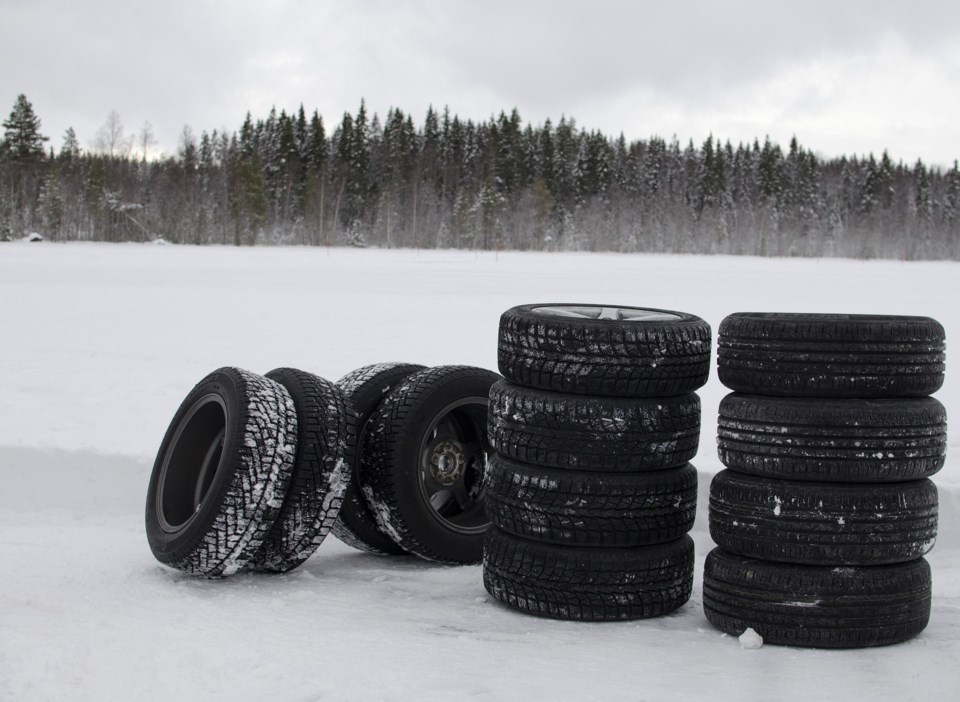While it may not be winter quite yet, it’s definitely winter tire time.
Starting Oct. 1, drivers will have to equip their vehicles with winter tires to drive on most British Columbia highways.
That includes highways in the north and in the Interior, as well as on the South Coast (Sea to Sky Highway), and on Vancouver Island (the Malahat and highways 4, 14 and 28).
Drivers without proper winter tires could be slapped with a $109 fine.
⚠️ On Monday, October 1st, certain routes in the province will be designated as needing winter tires or chains. See the imagery below for the routes in your area. More info: https://t.co/xMa0Uzs8Bv #WinterIsComing #YVR #BCweather #ShiftIntoWinter ⚠️ pic.twitter.com/tuIytHpPFV
— Drive BC (@DriveBC) September 30, 2018
In B.C., regulations state that an appropriate winter tire is defined as one with either the M+S (mud and snow) or mountain/snowflake symbol and in good condition with a minimum tread depth of 3.5 millimetres.
Tires marked with a mountain/snowflake symbol on the sidewall offer the best traction on snow and ice and in cold weather. Tires marked with M+S offer better traction than summer tires but are less effective than mountain/snowflake tires in severe winter conditions.
As slush, snow, ice and cold temperatures are part of winter driving, the improved traction offered by winter tires can make the difference between driving safely and being involved in an accident on icy winter roads.
Also starting Oct. 1, commercial vehicle operators must carry chains and are required to use them when a mandatory chain-up is in place.
Winter tire regulations end on March 31 on many highways, however, the regulations have been extended to April 30, 2019, on select mountain passes and rural highways, to account for early spring snowfall.
The ministry of transportation and infrastructure has posted 389 winter-tire signs on B.C. highways. Not sure which highways require winter tires? Check out this map.



